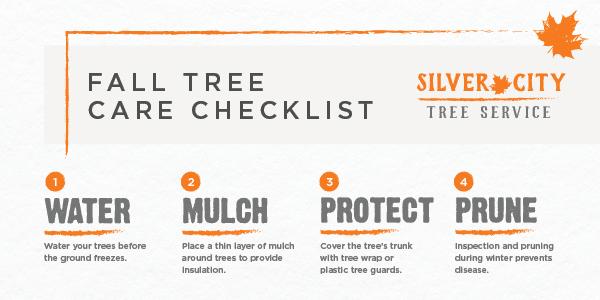Signals That It's Time To Remove A Tree: Identifying Unsafe Trees
Signals That It's Time To Remove A Tree: Identifying Unsafe Trees
Blog Article
Short Article Created By-McDonald Skovsgaard
When it comes to tree care, identifying the indications that it's time for removal is crucial for your security and building. You could discover tarnished leaves, wilting branches, or strange fungal developments indicating health issue. Structural issues, like a substantial lean or fractures in the trunk, can also posture threats. Recognizing these warning signs can help you make educated decisions concerning your trees and stop potential dangers prowling in your yard. What should you try to find next?
Indications of Degeneration and Disease
When you observe signs of decay and illness in your trees, it's crucial to act swiftly. Search for blemished leaves, wilting branches, or unusual developments like fungus. These can indicate that your tree is battling.
If you see splits in the bark or soft, mushy timber, these signs and symptoms recommend inner decay. Furthermore, an abrupt rise in parasites around your tree can indicate that it's deteriorated and vulnerable.
Check for Related Site of dead or dying arm or legs, as they position a threat to your property and security. If you doubt regarding what you see, seeking advice from an arborist can give clearness.
Dealing with these indicators early can save you from a lot more considerable damages and ensure the wellness of your yard. Do not wait up until it's too late.
Structural Instability and Leaning
As you observe your trees, keep an eye out for any kind of signs of structural instability or leaning. If a tree leans dramatically, it may indicate that the root system is jeopardized.
Seek any kind of cracks in the trunk or dirt around the base; these can signify prospective failure. In addition, check for uncommon development patterns, like a lopsided crown, which may recommend that the tree is battling to hold itself upright.
If you notice that the tree favors your home, high-voltage line, or other structures, it positions a higher threat. Don't ignore these signs-- get in touch with an arborist to evaluate the scenario.
Taking action early can stop expensive damages and ensure your security.
Dead or Perishing Branches and Foliage
If you see dead or dying branches and vegetation on your tree, it's a clear sign that something's incorrect.
These undesirable locations can show underlying problems like illness, bug invasions, or environmental tension. When branches shed their leaves or turn brown, they're no longer adding to the tree's health and wellness. Overlooking https://root-killer-lowes49505.blogvivi.com/35910061/a-comprehensive-guide-to-the-expenses-of-tree-removal-provides-vital-budgeting-understandings-for-your-landscape-design-tasks-discover-the-elements-that-can-affect-your-costs might result in additional decrease, making your tree extra hazardous.
Dead branches can quickly break short during storms, presenting a risk to home and individuals close by. It's vital to evaluate the extent of the damage.
If the problem affects a considerable part of the tree, consider consulting a professional. They can help determine if removal is needed to guarantee security and keep the appeal of your landscape.
Conclusion
If you observe any kind of indications of degeneration, architectural instability, or dead branches on your trees, do not disregard them. These signs can position significant security risks to you and your property. It's constantly best to consult a specialist arborist that can provide a specialist analysis of your trees. Acting early can avoid mishaps and pricey damages, ensuring your landscape remains risk-free and healthy. Keep in mind, it's far better to be positive regarding tree treatment than to await a calamity to happen.
